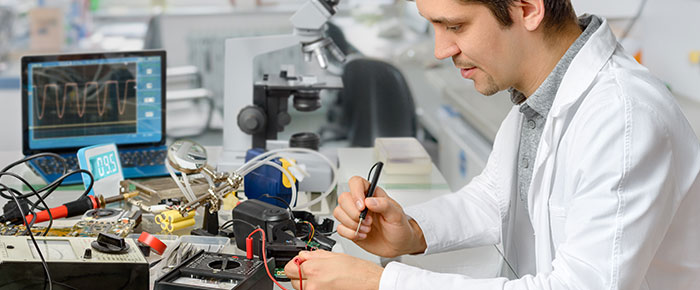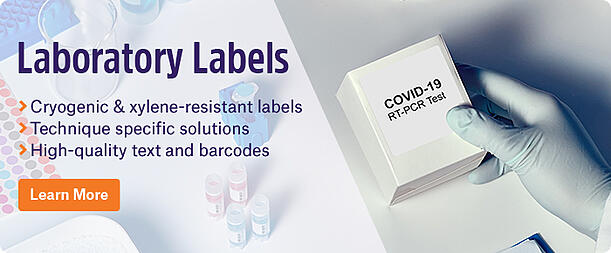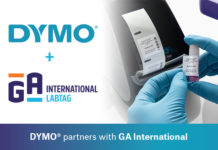
Success in research requires the proper operation of your equipment; when something malfunctions, it needs to be fixed without delay. However, the decision to repair or replace lab equipment can be a tricky one. Here are some factors to consider when making these decisions, with recommendations for when to repair critical tools and equipment and when to replace them.
Factors to Consider
Ultimately, the decision will come down to one question: can the device produce reliable results? If, after repair, the answer is yes, that might be sufficient. However, you should also consider whether repairing the faulty instrument is the right choice long-term. Some other points to consider are:
Safety
Safety concerns are one of the clearest signs that an instrument should be replaced. One isolated malfunction should not be a cause for alarm. However, repeat issues should be carefully monitored. Service and maintenance logs can aid in keeping track of the instrument’s overall health. If repairs become more frequent, the device should likely be replaced. In addition, you should monitor potential product recalls from the manufacturer for design flaws that could cause unexpected errors.
Productivity & Data Integrity
The effect repairs may have on overall productivity should always be considered. Purchasing a new instrument may require additional training time, sometimes with a learning curve that must be overcome by personnel. As such, the effect purchasing new can have on the lab should not be overlooked. Additionally, a piece of equipment might appear functional but can provide inaccurate results that will affect downstream analysis or even the diagnosis and treatment of patients. This can severely hamper productivity, as samples may need to be re-analyzed due to a lack of confidence.
Replacement Parts
Many labs own equipment as old as the lab itself. While you may desire to repair these workhorses, as time passes, finding replacement parts can become a challenge. If the manufacturer no longer offers them, they would have to be manufactured by a third party, which can often be hit-or-miss. Moreover, scavenging the internet for the parts can take a while, further extending the instrument’s downtime and decreasing lab productivity. The rarity of old parts may also result in exorbitantly expensive purchases, making buying a new instrument more cost-effective in the long run.
Energy Efficiency
Newer equipment has become more efficient in terms of use and power consumption. This includes the new generation of carbon fiber centrifuge rotors with faster acceleration/deceleration rates and shorter run times that use less power. As such, new equipment is often greener and more affordable to use. Depending on the age of your instrument and its projected lifespan, it may be best to simply upgrade now, as the operational costs will be cheaper in the long run, and your lab will be more eco-friendly.
Cost
When looking to replace equipment, several costs need to be accounted for. In addition to the cost of the device itself, you should also consider installation fees, the cost of disposing of the previous instrument, training expenses, and any costs associated with the calibration and regular maintenance needed over the instrument’s lifespan. These should all be weighed against the cost of repairing equipment as well as expenses incurred from equipment downtime.
The Case for Repair
In most cases, labs will opt to repair broken or malfunctioning equipment before replacing it, especially for large, expensive machinery. On occasion, simply performing a calibration will rectify the problem, representing an efficient way to keep a device operational. Most repairs should be considered as part of a regular maintenance schedule to prevent minor issues from becoming unmanageable and force lab managers to replace the device. In addition, repairs can be included in the machine’s maintenance costs by the manufacturer or lab equipment repair companies. These companies may even offer rental services as a backup while your primary equipment is being repaired.
Replacing Equipment
Purchasing new equipment can often be difficult for labs with tight budgets. This is understandable, as new lab equipment is often prohibitively expensive and requires several layers of approval before a purchase can be approved. As such, equipment usually survives well past its expected life cycle. In such cases, replacing the instrument is really the only option. In some cases, replacing the machine outright can even be the most cost-effective solution.
In some cases, simply replacing malfunctioning components, such as a centrifuge’s defective rotor, a chromatography machine’s columns, or a faulty vacuum pump, can be enough. When considering whether to repair or replace faulty components or the entire device, the age and condition of the instrument should be taken into account. In the end, if your lab has the money, you can’t go wrong with a replacement.
LabTAG by GA International is a leading manufacturer of high-performance specialty labels and a supplier of identification solutions used in research and medical labs as well as healthcare institutions.



